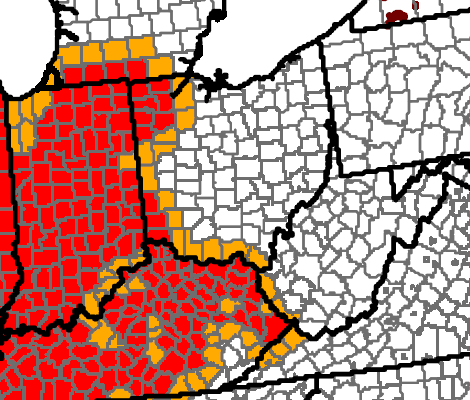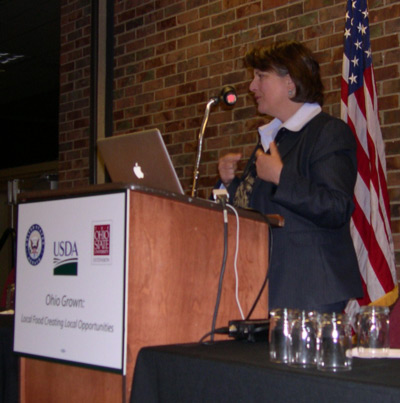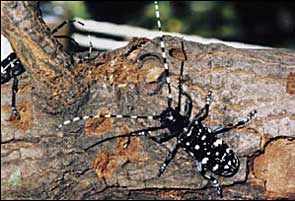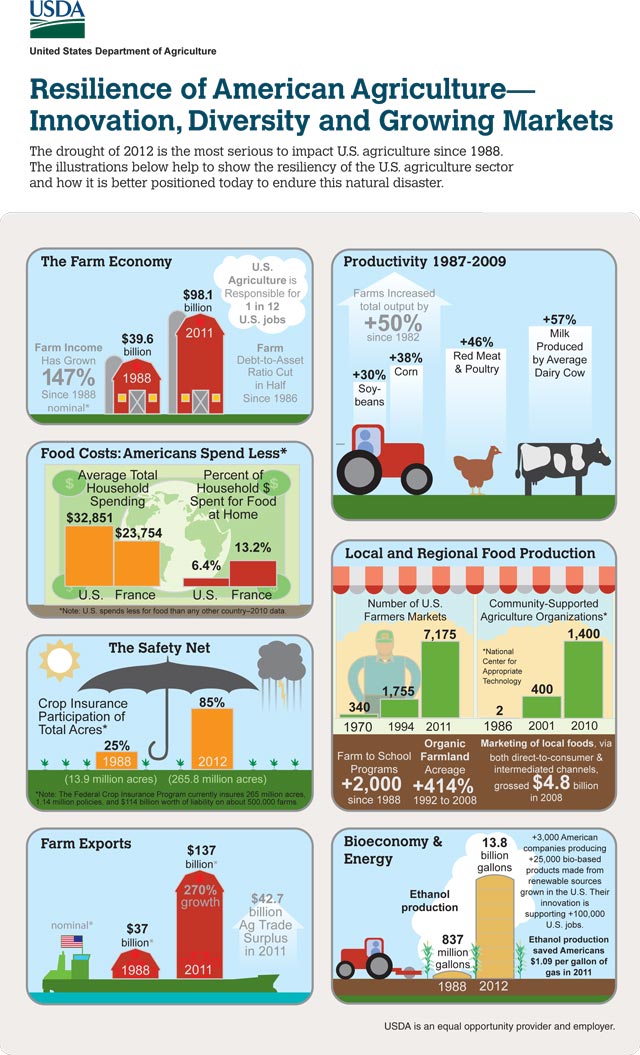A special alert from the NFU:
Several dairy organizations are circulating a petition to USDA to convene a national federal milk order pricing hearing in response to severe reductions to net income for dairy farmers in recent months. USDA has statutory powers to enforce emergency milk prices and the current situation calls for action. The petition urges the Secretary to act and a long list of signatories will help to encourage USDA to assert its authority. Please read the “September 3, 2012-Petition…” document for further clarification.
Please consider signing on as an individual by completing the attached petition form and sending it to dana.coale@ams.usda.gov. Another attachment is also included to collect signatures. Both forms are below as downloadable links.






